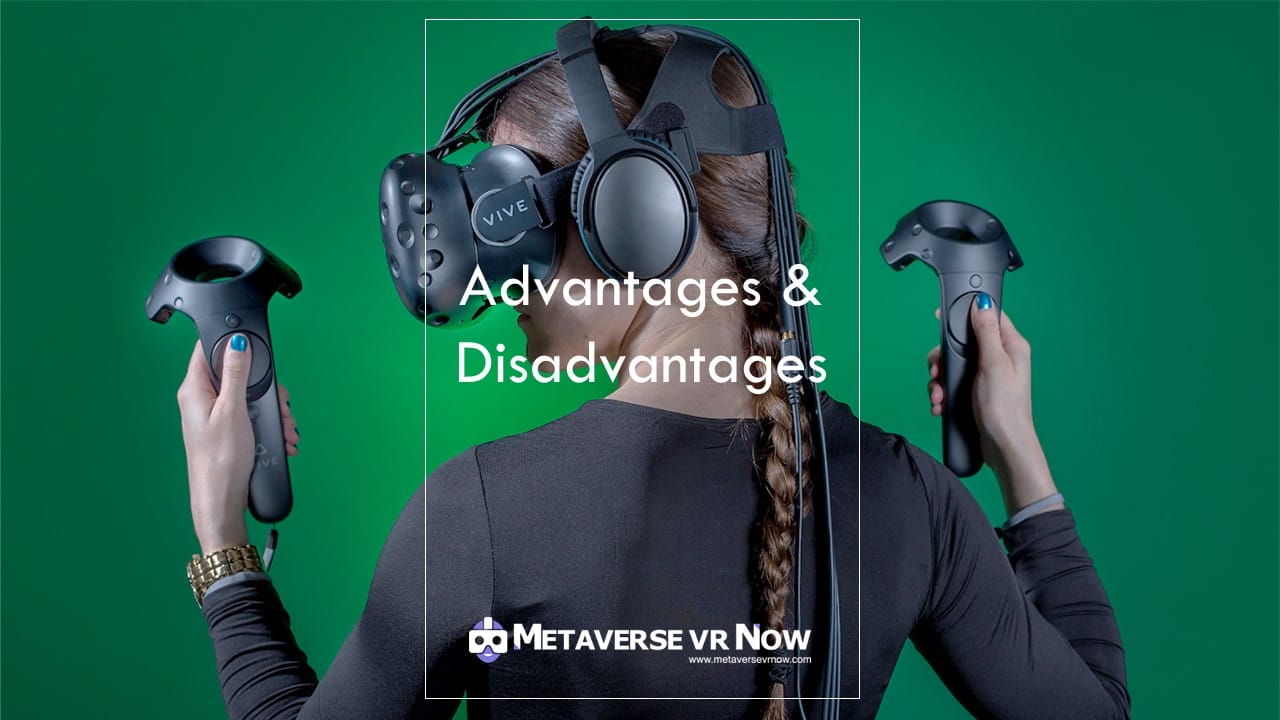Advantages and Disadvantages of Virtual Reality

Virtual Reality (VR) technology has made significant strides in recent years, offering a range of experiences and applications across various industries. While VR presents several advantages, it also comes with its share of challenges.
Here are some key advantages and disadvantages of virtual reality:
Advantages:
Immersive Experiences: VR provides a highly immersive and realistic experience, making users feel like they are physically present in a computer-generated environment.
Training and Simulation: VR is widely used for training purposes in various fields such as aviation, medicine, and military. It allows individuals to practice and learn in a safe, controlled environment without real-world consequences.
Enhanced Learning: In education, VR can create engaging and interactive learning experiences. It can help students visualize complex concepts, explore historical events, or even travel to virtual locations.
Virtual Travel and Exploration: VR enables users to virtually visit places they might not have access to in reality. This can be applied in tourism, allowing people to explore destinations before deciding to travel.
Therapeutic Applications: VR is used in healthcare for therapeutic purposes, such as exposure therapy for phobias, pain management, and rehabilitation exercises. It provides a controlled environment for patients.
Entertainment: VR offers a new dimension to entertainment, allowing users to participate in immersive gaming experiences, virtual concerts, and other interactive content.
Collaboration and Communication: VR can facilitate remote collaboration by providing virtual meeting spaces where participants can interact in a more natural and immersive manner, enhancing communication.
Disadvantages:
Cost: VR equipment, including headsets and controllers, can be expensive, limiting widespread adoption. High-quality VR experiences often require powerful computers or gaming consoles, adding to the overall cost.
Health Concerns: Prolonged use of VR can lead to issues such as motion sickness, eye strain, and headaches. Not everyone can tolerate extended periods in a virtual environment.
Limited Content: While the range of VR content is growing, it is still not as extensive as traditional media. The development of high-quality VR content can be time-consuming and expensive.
Isolation: Immersive VR experiences can lead to a sense of isolation, as users are cut off from the physical world. This may not be suitable for individuals who prefer social interaction during activities.
Technical Challenges: VR technology is continuously evolving, and there are technical challenges such as latency, screen resolution, and hardware limitations that can impact the overall experience.
Ethical Concerns: As VR becomes more realistic, there are ethical considerations related to the content created. Issues such as violence, addiction, and the blurring of virtual and real-world boundaries need to be addressed.
In summary, while virtual reality offers exciting possibilities across various domains, it also comes with challenges that need to be carefully managed for widespread acceptance and integration into everyday life.
Thank you.